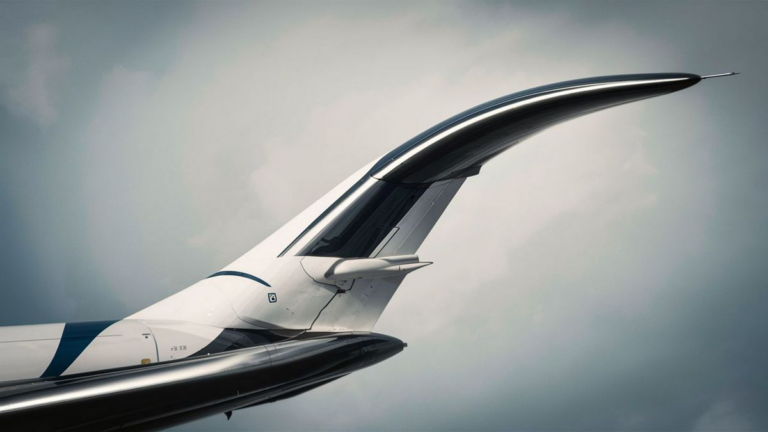Winglets are crucial components of modern aircraft design, offering various aerodynamic benefits that enhance performance, efficiency, and safety during flight. These small, upturned extensions at the tips of aircraft wings play a significant role in optimizing aerodynamic performance and reducing fuel consumption.
Understanding Winglets
Winglets are vertical or near-vertical structures attached to the wingtips of an aircraft. They serve to reduce the drag induced by the wingtip vortices that develop as a byproduct of lift generation. By mitigating these vortices, winglets effectively decrease induced drag, resulting in improved fuel efficiency and increased range.
Aerodynamic Function
The primary function of winglets is to minimize the formation of wingtip vortices, which are created as high-pressure air from the bottom of the wing flows around the wingtip to the lower-pressure upper surface. These vortices represent energy lost to the atmosphere, resulting in drag that hampers aircraft performance.
Winglets work by disrupting the airflow around the wingtip, reducing the strength of the vortices and thereby lowering drag. This aerodynamic enhancement leads to several benefits, including improved fuel efficiency, extended range, enhanced climb performance, and reduced environmental impact.
Benefits of Winglets
The integration of winglets into aircraft design offers numerous advantages:
- Reduced Fuel Consumption: By decreasing drag, winglets enable aircraft to fly more efficiently, resulting in lower fuel consumption and operating costs.
- Extended Range: Improved aerodynamic performance allows aircraft to travel farther on the same amount of fuel, enhancing their operational range.
- Enhanced Stability: Winglets contribute to the stability and control of the aircraft, particularly during maneuvers and in adverse weather conditions.
- Increased Payload Capacity: The efficiency gained from winglets can translate into higher payload capacity or additional cargo space.
- Environmental Benefits: By reducing fuel consumption, winglets help lower greenhouse gas emissions and contribute to sustainability efforts within the aviation industry.
Types of Winglets
There are various designs of winglets, each optimized for specific aircraft configurations and operational requirements:
| Types | Description |
|---|---|
| Blended Winglets | Integrated smoothly into the wing structure, providing a sleek appearance and improved aerodynamic performance. |
| Split Scimitar Winglets | A more advanced variation featuring an additional upward and inward curve, further reducing drag and enhancing efficiency. |
| Sharklet Winglets | Resembling the dorsal fin of a shark, these winglets offer enhanced aerodynamic performance and fuel efficiency. |
Each type of winglet is tailored to the specific needs of the aircraft manufacturer and operator, with considerations given to factors such as aircraft size, speed, and mission profile.
Winglets play a vital role in modern aircraft design, offering significant aerodynamic benefits that improve performance, efficiency, and sustainability. By reducing drag and optimizing airflow around the wingtips, winglets contribute to lower fuel consumption, extended range, and enhanced stability during flight. As aviation technology continues to evolve, the integration of winglets into aircraft design remains a key strategy for enhancing operational efficiency and reducing environmental impact.
equently Asked Questions
Here are some common questions regarding winglets:
- Are winglets standard on all aircraft?
While winglets offer significant benefits, they are not standard on all aircraft. Their implementation depends on factors such as the aircraft’s design, intended use, and economic considerations.
- Do winglets affect aircraft maneuverability?
Generally, winglets do not significantly impact aircraft maneuverability. In fact, they can contribute to stability during maneuvers and adverse weather conditions.
- Can existing aircraft be retrofitted with winglets?
Yes, many existing aircraft have been retrofitted with winglets to improve their performance and efficiency. However, the feasibility and cost-effectiveness of retrofitting depend on the specific aircraft model and the extent of modification required.






